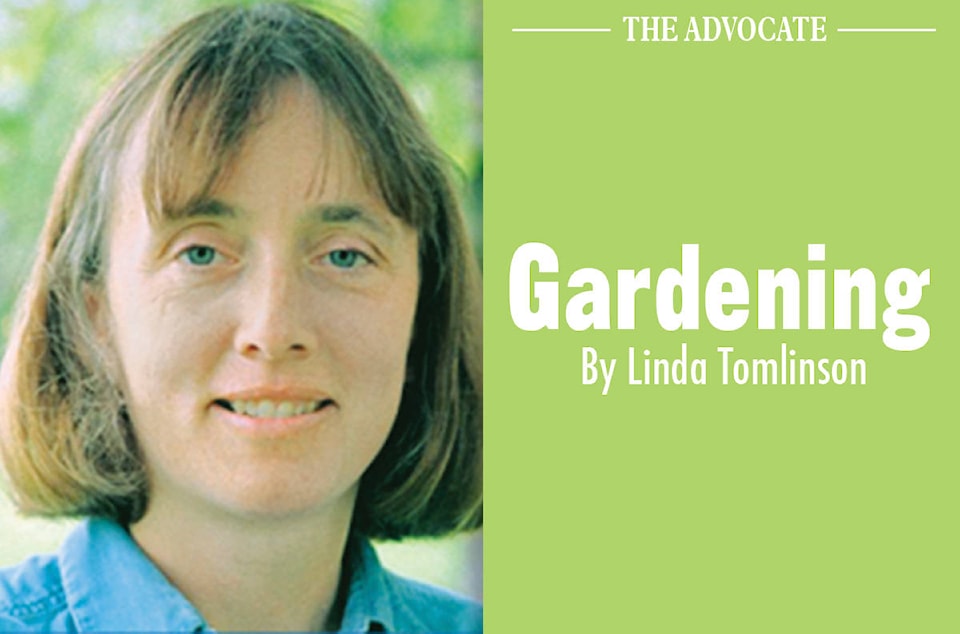Warmer weather has brought people back into the garden letting them finish the fall chores that were stopped by the snow and cold weather.
Cutting off the tops of plants that are brown will make mean less work in the spring. If left in place the foliage would provide a bit of protection to the roots and some might decompose feeding the soil. Foliage left intact is home to some insects and rodents. Lack of foliage makes it easier to detect perennial weeds that will continue to grow and spread until the ground freezes.
If the plan is to add a layer of topdressing to the garden, then removing all tops are a must as it makes it easier to spread a thin layer of topdressing over the garden. Manure or compost make great topdressing as they leach nutrients into the soil. Gardening activities such as weeding, planting and active worms help mix topdressing into the existing soil.
There is always an option of leaving a few sturdy stems intact to add shape and color to the winter landscape. It can also make the flowerbed more visible discouraging people from walking in that area.
Traditionally leaves are raked and removed from lawns and beds every fall. According to the University of Minnesota’s Turf Program, it is important to remove the leaves from lawns as a layer of leaves on the lawn blocks sunlight inhibiting growth. A thick layer of leaves increases the chance of leaf mold and provides protection for mice and voles that like to make nests and eat plant roots and bark.
Leaves can be removed by rake, blower or lawnmower. Once collected they should be placed in a compost, private or urban. Many cities and towns collect fall waste to compost it. The compost is then used in their gardening program. Composting leaves removes tons of bags from the landfill each year.
When a mulching mower is used, or a lawnmower repeatedly runs over the leaves they are cut into smaller pieces that will fall between blades of grass and decompose returning nutrients to the turf.
Take extra care to remove all foliage from under and around trees that have harboured insects this summer. Often part of an insects lifecycle involves the insect landing on the ground under a host tree to overwinter in the fallen leaves, woodchips or just under the soil surface. Raking and disturbing the area under the trees can be beneficial in killing insects.
Leaving leaves, or adding leaves to shrub and flowerbeds will provide insulation to the plants.
Trimming the grass around young trees and shrubs is a deterrent to rodents that prefer to feed and live in areas with cover. Predators are more likely to notice rodents in exposed areas.
Take time to remove weeds from the garden. Perennial weeds will continue to grow and spread until the ground freezes. What looks like a small patch in the fall can become a larger problem by spring.
Remove all the plants from the vegetable garden. Healthy plants can be composted but if the plant had an insect or fungus infestation it should be placed in a bag to go to the landfill.
Enjoy the warm fall weather by working in the garden. If it isn’t completed before the weather turns cold, it can always be completed in the spring.
Linda Tomlinson is a horticulturalist that lives near Rocky Mountain House. She can be reached at your_garden@hotmail.com.
